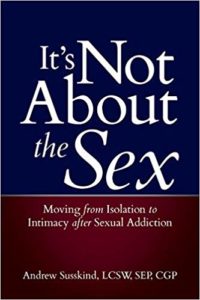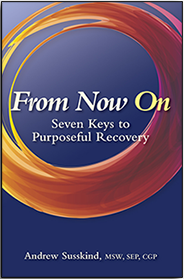After many years of deliberation, the World Health Organization has recognized and included Compulsive Sexual Behavior Disorder (CSBD) in the International Classification of Diseases (ICD-10). This is the first time in history that CSBD has been validated by a global gathering of clinicians. For many years sex addiction specialists have lobbied to include sex addiction as a formal diagnosis, but to no avail. The often-misunderstood term was coined by Patrick Carnes in the 1980s, but it’s always been a controversial and misinterpreted label accepted by some clinicians and rejected by others.
Here is a brief scenario which opened my eyes to the need for further clinical exploration and public education. My client who I will call Deborah is now in her late fifties, and she shared the not-so-uncommon story of sexual abuse from her high school teacher. After that event, Deborah became dangerously promiscuous as a teenager and throughout her twenties. She felt profoundly isolated both with the abuse and the shameful compulsive behavior. At the time, there were scarce resources and she didn’t know where to seek help. Deborah explained to me that a book with sex addiction in the title would not fully capture the complexity of her hidden pain and trauma, but if compulsive sex was part of the title, she would have gravitated toward the book.
Getting the most effective support for our clients is always the highest priority regardless of how these behaviors may be described, but Deborah’s eye-opening perspective caught my attention. In addition to those who have found recovery in the twelve-step rooms, there are many others who have experienced out-of-control sexual behaviors who never made it to a twelve-step meeting or a therapy session.
As someone who feels eternally grateful for the twelve-step communities, I’ve always leaned toward the term sexually compulsive rather than sex addict for several reasons. The model for sexual addiction was borrowed from Alcoholics Anonymous, and the Big Book labels alcoholism as a disease through the lens of the medical model.
Inadvertently, the term sex addiction pathologizes the behavior rather than opening up a dialogue of curiosity and exploration. Because shame resiliency is such a core part of healing from compulsive sexual behavior, I try to steer away from anything that may identify the problem as a disease or get in the way of building one’s sexual health.
Professionally, I have always walked a fine line between sex addiction therapists and sex therapists and respect both specialty areas. What I do bring to the conversation is more than thirty years of personal and professional experience as I now look at the healing process through the lens of attachment repair, nervous system regulation and sexual health. There is an ongoing necessity to help clients stop self-destructive behaviors, but unfortunately, there is still a territorial and sometimes competitive nature associated with the existing treatment models. The ICD classification introduces a breath of fresh air as well as a profound change in the language that describes the brokenheartedness of those like Deborah who may never identify as sex addicts or step into a twelve-step room.




